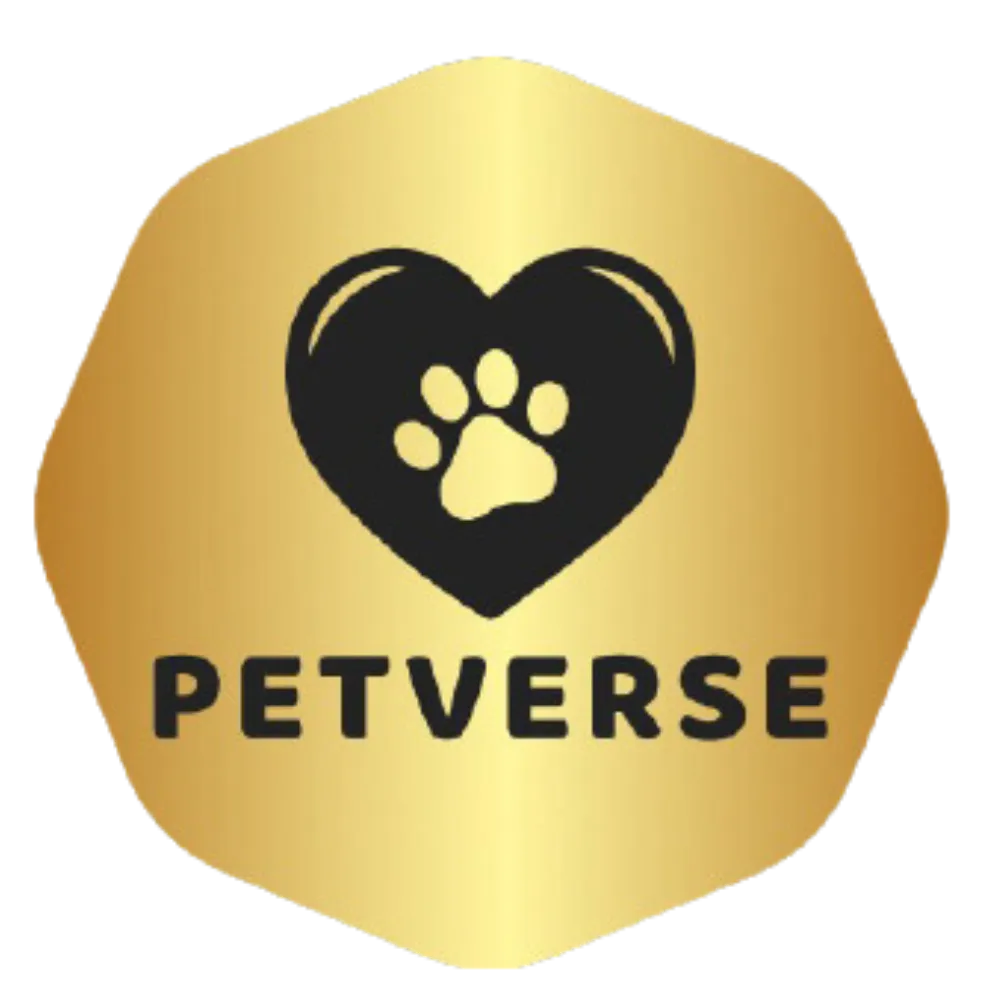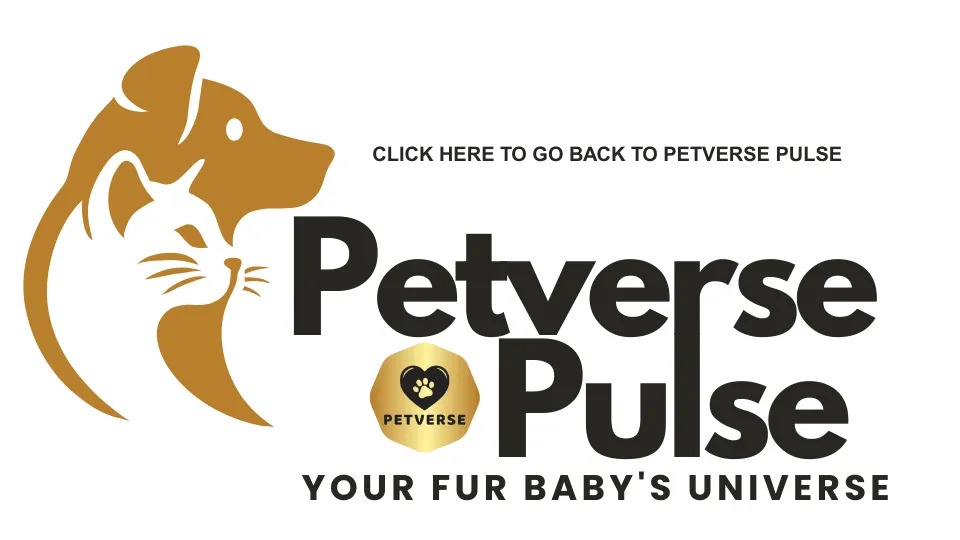
Pet Technology Accidentally Solved Human Healthcare
Something unexpected is happening in pet technology.
Companies developing GPS trackers and wellness monitors for pets are discovering they're accidentally building the future of human healthcare. Step counting, sleep patterns, activity monitoring. What started as simple pet tracking has evolved into sophisticated health technology.
The implications are profound.
The Emotional Economics Revolution
Here's what caught me off guard: pet owners will pay for continuous health monitoring that most humans refuse to buy for themselves.
The reason is profound. Pets can't say "I don't feel well today." They suffer in silence. That creates an emotional urgency that bypasses every barrier traditional healthcare faces.
No insurance approval. No diagnosis codes. No waiting for symptoms to worsen.
Just pure, immediate action driven by love.
This emotional urgency has created something remarkable: a rapidly growing South African pet industry where millennial pet owners increasingly treat their animals like family members. Many are willing to invest R7,000+ annually on pet healthcare, creating a direct-pay market that moves faster than any traditional medical system.
The Regulatory Sandbox Advantage
Pet healthcare operates in what I call a regulatory sandbox.
No SAHPRA approval requirements for pet AI models. No clinical trial bottlenecks. No five-year clearance processes.
If we want to test behavioral anomaly detection for early arthritis signs in dogs, we build it, refine it, and deploy it. Real-time feedback from thousands of users. Iteration in weeks, not years.
Meanwhile, human drug development averages R6.8 billion in clinical trials with only 10% approval rates globally.
The pet space has become an innovation laboratory where emotional urgency meets technical freedom.
Learning to Listen Without Words
The breakthrough isn't just about speed. It's about learning to care for beings who can't speak.
These AI models learn a pet's "normal" over time. Daily step counts, sleep rhythms, movement patterns, weather responses. When micro-anomalies appear, we alert owners before visible symptoms emerge.
"Your dog usually takes 8,000 steps daily, but dropped to 3,000 for two days while waking more at night. Something might be wrong."
This same pattern-recognition technology is now influencing human wellness. The global pet wearables market is experiencing explosive growth, and much of this innovation transfers directly to human applications. Especially for populations who can't self-report: infants, elderly patients, people with cognitive or speech impairments.
The Reverse Innovation Flow
For decades, medical innovation trickled down from elite research centers to veterinary clinics.
Now it's flowing backward.
Pet healthcare serves as a proving ground for technologies that later benefit humans. Algorithms trained to read animal behavior, motion, and sleep patterns transfer seamlessly to human wearables and monitoring systems.
The economic incentives are undeniable. Pet owners pay out-of-pocket immediately, creating rapid feedback loops that accelerate development. No insurance delays, no bureaucratic approval processes.
Just direct market validation driven by emotional investment.
The Future of Compassionate Technology
Looking ahead, I see something transformative happening.
The same AI that learns your dog's normal gait and sleep rhythm could detect early signs of dementia, stroke risk, or emotional distress in humans before words ever fail. Behavioral baselines developed for pets will become early-warning systems for assisted living homes, neonatal care, and mental health monitoring.
We'll apply the same logic we use for pets to humans who are often underserved by traditional, symptom-based medicine.
Where Innovation Really Comes From
The next wave of healthcare breakthroughs may not come from sterile labs or billion-dollar institutions. They're bubbling up from living rooms, backyards, and the everyday relationships between people and their pets.
In the pet world, there's no red tape between worry and action. No clinical trial standing between a hunch and a product update. That freedom allows us to explore new models of care that the traditional system is only beginning to imagine.
When innovation is born from compassion rather than compliance, it moves faster, gets smarter, and serves everyone better. What I wish more people understood is this: we're not just building tools for pets. We're building the future of medicine, with compassion coded into every line.
Behind every GPS alert, every wellness graph, every softly blinking LED on a collar is a person saying "I want to know. I want to act. I want to protect."
That instinct to care before it's too late is the seed of every major healthcare breakthrough we've ever had.
The South African Innovation
Here, in South Africa, we're seeing this revolution firsthand at companies like Petverse.
When we started layering wellness features into our GPS tracker, something unexpected happened. Step counting, activity patterns, rest behavior... We realised we were essentially building a Fitbit for pets.
Our goal shifted from finding pets when they're lost, to understanding pets before something goes wrong. Early detection of illness, injury, or stress based on subtle changes in behavior over time.
What started as a tracker became a wellness tool with real health impact. And the technology being developed could reshape how we monitor human health too.


